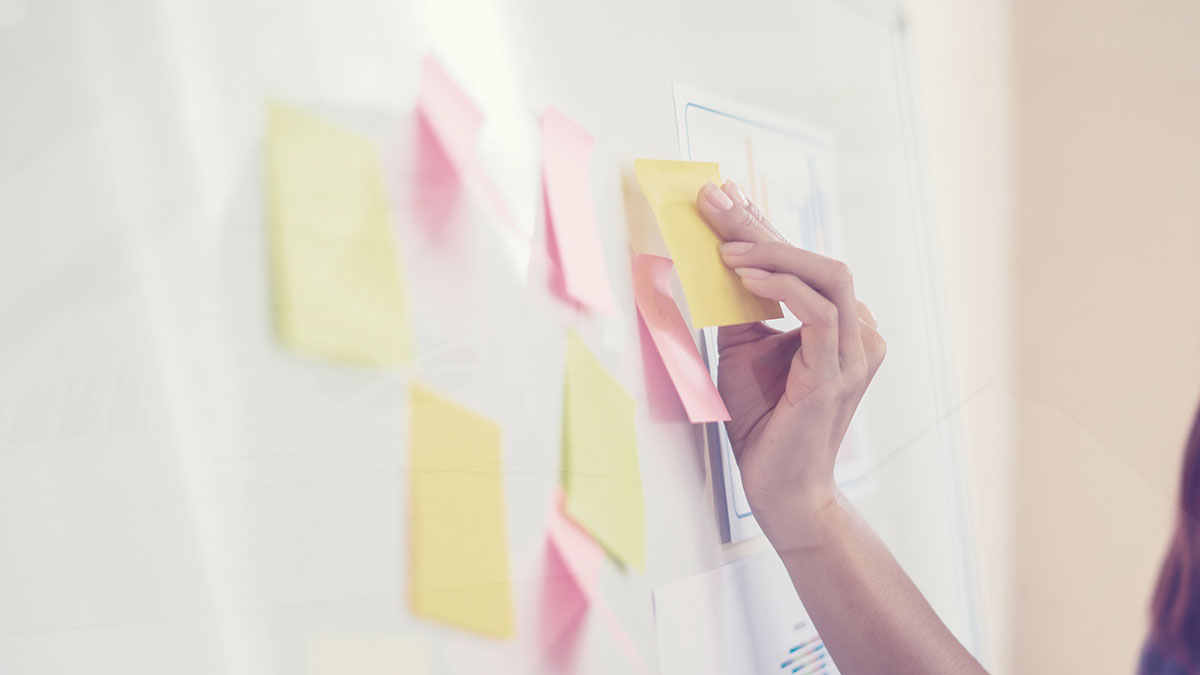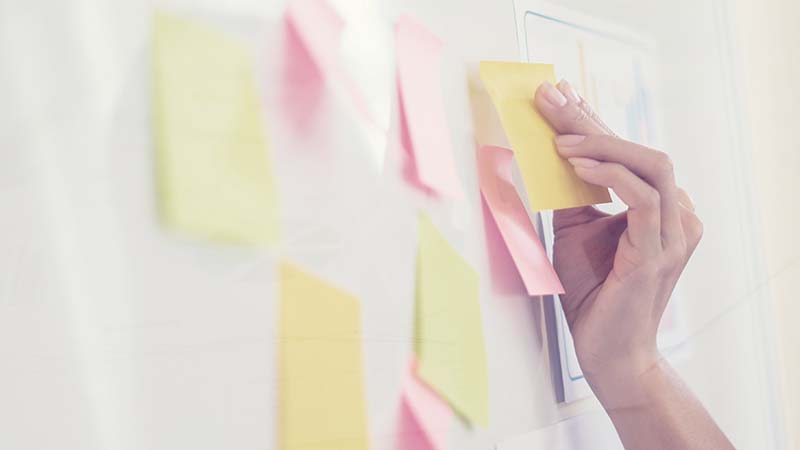What if a legal service or document was easy to read, visualised and practical? If the language was understandable—for everyone? Legalese was clarified and illustrated, and the end-user was at the heart of the design?
As the legal and technological landscape has become more complex, interest in legal design has grown. Legal design has been a topic of discussion among experts around the world for some time, but now the public’s attention has turned to user-centredness in a new way in Finland too – so much so that people are already demanding it. The legal profession is faced with expectations of comprehensibility, transparency and consideration of the end-user’s point of view. Fortunately, thanks to legal design, we are now in a position to meet these expectations.

So what is legal design?
At first glance, legal design may seem like nothing more than pretty pictures and icons pasted on top of a document containing the original jargon. But legal design is much more than that, although the use of visuals is undoubtedly an important part of it. It is therefore not just a moment of decorating a Christmas tree, but a journey undertaken by a multidisciplinary team from the first meeting with a client to the end of the assignment.
The starting point for a legal design project is to identify for whom and for what purpose the service or document is being designed. Legal design benefits both private and public sector organisations. The end-user may be within the organisation, or it may be our client’s customer, and the design itself can be information, product, service, organisational or system design. For example, a privacy policy, a non-disclosure agreement or even a website dealing with a legal process can be designed. The subject matter and the way in which the final product is implemented can therefore vary, as each project is unique.
One of the purposes of legal design is to facilitate collaboration between experts and clients, so it benefits us all: the better the understanding between the parties, the more meaningful the relationship is for both, and the better the result.
What can we find at the heart of a legal design project?
What all projects have in common, is a methodology that builds on an iterative, interactive and creative way of working and problem-solving. At its best, a legal design project is a fun journey that starts with identifying the end-user’s pain points or, in other words, by empathising. Empathy is one of the best tools in achieving a better legal product—after all, we are all human! By understanding what causes frustration and bumps in the road and by putting ourselves in the shoes of the end-user we gain valuable perspective.
The iterative working model is all about working on different versions in several stages, each one bringing us closer to a final product that could not have been created without the prototypes that preceded it. So indeed, it’s about trial and error! And the delivery of the final product to the client doesn’t mean the end of the assignment; the legal design project is sealed by a feedback session, an important moment to support learning and development for everyone concerned.
Legal design is not only about substance, but also about creating a new culture of collaboration and innovation. Legal design projects consist of a multi-professional team that makes the most of everyone’s skills and perspectives and constantly evolving tools. A successful project may therefore have involved, at its best, graphic designers, lawyers, coders, language experts, legal technology specialists and professionals in the client’s own field, such as economists.
How does legal design projects benefit our clients?
The aim of legal design is to create legal services and products that everyone can understand. However, it is not the answer to everything and should not be forced into every process. For example, collaboration between lawyers is sometimes best achieved through approaches and concepts specific to the profession.
But what about those without a legal background? Those who need our legal advice and who should understand what they are committing to—the end-users? Those who are not familiar with the law often perceive it as a code language that only lawyers can understand (and it is sometimes challenging for them too). It is not necessarily just a question of comprehensibility. In addition to a lack of knowledge, many people do not have the energy to deal with the obscure contracts, processes and inhumanly long procedures. From the point of view of the function of the legal system, this is not appropriate, is it?
When done well, legal design saves time, improves the customer experience and reduces the number of errors in both documents and their interpretation. This can even save parties from litigation, which in turn saves money! Not to mention the fact that a well-designed document is much more pleasant to read as the reader is not overloaded with information. There are many ways in which visualisation can be used alongside linguistic design itself. User-centricity is taken into account through summarisation, readability and perception. Information is balanced and a hierarchy is sought in the document.
Through legal design, we want to support lawyers in the practice of law, translate complex legalese into practicalities for the end-user, and enable creative and effective solutions for our clients. The broader goal is to improve everyone’s understanding of the rules and systems that apply to them so that both firms and their clients can navigate the legal system strategically and wisely.
Why should legal design be in every lawyer’s toolbox?
Legal design is a set of many mindsets and methodologies. In a lawyer’s toolbox, it can therefore be a productive process, leading to the launch of a new service, or a research method for generating data and insight on a particular topic. The implementation of design thinking in law makes our field more multidimensional and more human, giving us a more ambitious and creative way to illustrate things and to resolve the confusion, frustration and friction that law can generate.
At Castrén & Snellman, we implement legal design through projects, training for clients and staff workshops. We have formed a multi-professional team where everyone brings their own vision to agile projects. Internally, we use legal design to create different types of documents. Among other things, we have designed legal model documents, information security guidelines and a legal technology interface called Signe.
Signe is a contract tool that not only provides our clients with automated documents but also with legal design. With Signe, our clients can have automated contracts in a single, standardised and designed format. Legal tech and legal design should therefore not be seen as separate concepts, but as complementary ones.
In legal design, we see an incredible potential to take law to a new level. There is a lot to design, from privacy policies, user terms and conditions, and non-disclosure agreements to various legal interfaces and systems. There are many uses for legal design, so for lawyers, it’s a world of possibilities! A world that takes us towards a more understandable legal world where we at Castrén & Snellman want to support our clients—with a focus on user-centricity.















